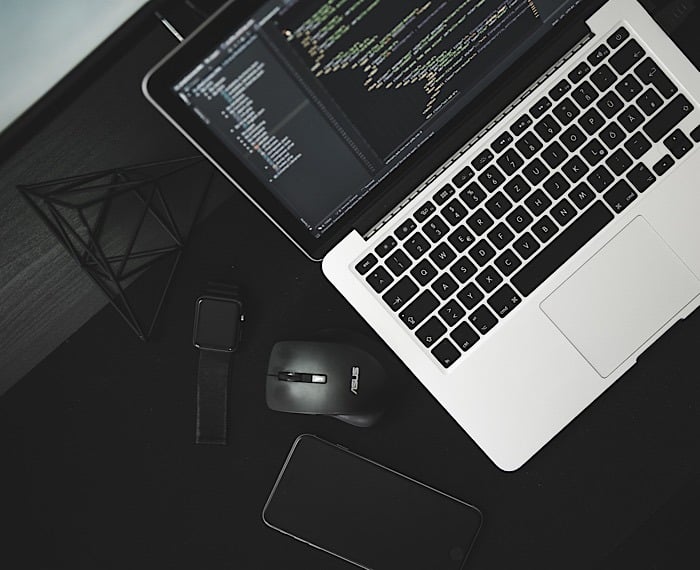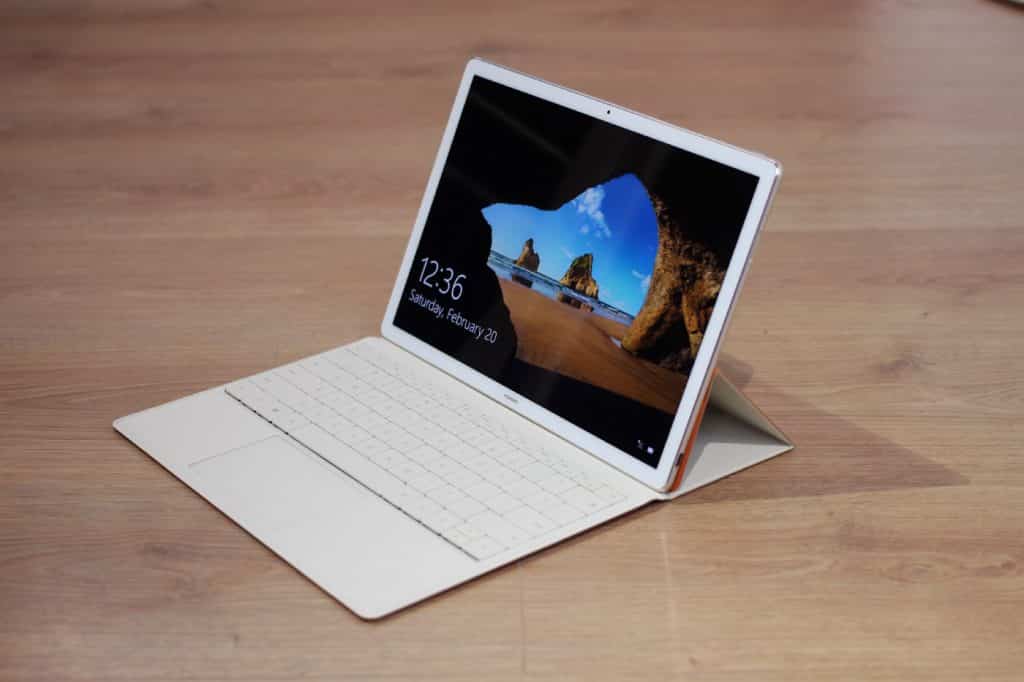When it comes to purchasing a laptop for programming, the decision might be difficult. It’s easy to become bogged down in the possibilities while you’re looking into them. You may choose from a wide variety of laptops that all have various trade-offs. Almost any laptop may be used to code. It’s still possible to increase your productivity if you utilize an appropriate computer. There are a variety of development specializations, and each requires a separate set of tools. There isn’t a single way to go about purchasing a development computer that works for everyone.
So, let’s find out what works?
Contents
1. Processing Power (CPU)
In order to get the most out of your computer, you must not scrimp on the CPU. There are numerous different kinds of CPUs with varying specs. Be careful to keep the following information in mind. The cache memory, count of cores, speed, and heat dissipation are some of the most critical. For the most part, an Intel Core i5 or i7 CPU clocked at 3GHz or above should be enough for most users. Without at least 4GB of RAM, I doubt you could perform any meaningful programming.
Solid-state drives (often known as SSDs) should be high on your list of requirements. You will notice a huge increase in performance over a regular hard disk. A solid-state drive (SSD) will make everything quicker, from booting the operating system and generating code, to opening programs and loading projects. A 256GB solid-state drive (SSD) should be the minimum need. An SSD with 512GB or 1TB of storage capacity is preferable to a smaller one if you can afford it.
2. Mobility
Laptops are available in a variety of sizes and shapes. Your laptop’s portability should be determined first. Pick a 15-inch laptop if you don’t need to tote it around all the time. These often offer superior specifications and greater screen space for productivity. If you often travel for business, a laptop with a 13- or 14-inch screen may be the best option for you. Lighter and longer-lasting batteries make them more desirable.
3. Display
For developers, a laptop’s display is a critical component. Long stretches of time spent looking at a computer screen are an inevitable part of app development. Pay attentive care to the smallest of particulars. In my opinion, 1366 x 768 displays on low-cost laptops are at best decent. Multitasking is impossible due to the lack of screen real estate on the display. As a result, the text isn’t readable at all. When you contemplate the additional price and power depletion that you would experience, a 4k display on a laptop is excessive.
4. Keyboard & Juice
Given that you will spend the whole day typing script on your laptop keyboard, you cannot afford to skimp on its reliability. Laptops with a much more condensed keyboard layout are usually what I choose. Before making a purchase, make sure to test out the laptop’s keyboard completely. Check to see that the keys are convenient to use and that they don’t hinder movement. If you’re going to be doing a lot of working in dim light, you’ll want a backlit keyboard.
Long battery life may not matter if your cubicle or work desk is close to an electrical outlet. Nevertheless, aim for a battery duration of at least six hours. Do not depend on the company’s advertised battery life for a certain device. See what genuine customers have to say concerning the item in discussions and reviews from reputable sources.





